This post is also available in:
 French
French  Malagasy
Malagasy
Every month, for the past seven years, I have ventured from the small town of Maintirano to the islets of the Barren Isles archipelago and the coastal villages of the Melaky region on the west coast of Madagascar. As part of the Blue Ventures team, I support communities in the sustainable management of their fisheries within the Barren Isles Marine Protected Area (MPA), one of the last remaining biodiversity hotspots in the Western Indian Ocean. In this remote area, about 4000 small-scale fishers depend on the ocean for their survival. Among them are my childhood friends, cousins and neighbours – I was born here.
Until recently, few people fished for octopus in the Barren Isles as the stock is much lower than in the south of the country.Until recently, few people fished for octopus in the Barren Isles as the stock is much lower than in the south of the country. Even when the women of the islets (who fish on foot at low tide) had the opportunity to catch a few octopus, there were no collectors to sell them in the towns on the coast.
However, in 2015 and 2017, community members from the Barren Isles attended the openings of temporary octopus fishery closures on the east coast of the country, participating in community exchanges facilitated by MIHARI – Madagascar’s network of locally managed marine areas (LMMAs). When they returned, they told me that they were impressed with the size of octopus after the three month closures. They arranged community meetings where they shared what they’d seen and a group of migrant fishers from the south testified to the success of octopus fishery closures.
Particularly enthusiastic, the then president of Vezo Miray Nosy Barren, the association that co-manages the Barren Isles MPA, convinced the fishers from his camp at Nosy Maroantaly and from the neighbouring camp at Nosy Marify to test the closure model. The other camps decided to wait and see the results of this before committing themselves. That was in 2018 – no one had any idea how much the initiative was set to grow.
Opening day
The sites chosen for the temporary closure were located next to the two islets and were therefore easy to monitor. Fishing activity was minimal at these busy locations, so the closures wouldn’t lead to a loss of income during the testing phase.
On the day of the opening, representatives from the other camps gathered in Nosy Maroantaly. They were very curious to see if the temporary closure had worked; its central location in the archipelago (about an hour and a half by pirogue from the other camps) made it easier to attend. I invited a journalist from the regional television station to come with me so that he could produce a television report and document the results of the opening for the fishing communities.
According to the data collected, the two closures had a low impact on the total catch, but given that the sites had low octopus stocks anyway, the fishers didn’t consider this to be a challenge to the model. It was the record weight and size of some octopus that made a strong impression.
A few days later, at full moon, when the fishers gathered at the Maintirano market to get their supplies, all I could hear was talk of the reopening.A few days later, at full moon, when the fishers gathered at the Maintirano market to get their supplies, all I could hear was talk of the reopening. In the following days, I visited the islets and showed the video of the opening to those who had stayed in their camps – the communities find it easier to talk about something tangible that they can see with their own eyes.
Catalysing a network of temporary closures
The camps that had organised the first closures decided to repeat the experiment, this time closing more productive sites in the hope of obtaining even better results. Other camps in the Isles decided to test the model too, as well as other communities on the mainland. Each community tested and adapted its closure system, resulting in a total of 13 temporary closures, seven of which were octopus fishery closures and the remaining four were for finfish.
We gave detailed feedback from each closure to ensure that all of the communities could learn from each other; it quickly turned into a friendly competition. In 2019, news spread that one camp had caught 580 kg of octopus during an opening, while the others had only caught an average of 160 kg. This motivated each community to improve the way in which they adapted their temporary closures.
Between 2018 and 2020, the total area of the closures increased fourfold, and the total weight of the catches tenfold.
Across the Barren Isles, fishers have increased the size of their octopus fishery closures, situating them in increasingly favourable sites and closing them to all fishing activity. Between 2018 and 2020, the total area of the closures increased fourfold, and the total weight of the catches tenfold.
Community decisions on closures, which were based at first on a traditional oral agreement, have been incorporated into dina, customary laws which support the community management of LMMAs in Madagascar. Representatives from regional authorities, fisheries authorities and those responsible for the environment and sustainable development have attended opening days, encouraging the fishers to continue.
As the octopus fishery closure sites are close to the camps, everyone participates in the surveillance effort. Unlike other regions in the country, compliance with the closures was almost immediate, which contributed to the excellent results: these closures did not compete with an established pre-existing octopus fishery, and the fishers, who struggle daily for their livelihood, were quickly convinced that the closures would secure their incomes. In the second year, this theory was tested; strong winds impacted the communities’ ability to go out and fish at what would normally be the prime time for fishing. It was the openings of the octopus fishery closures that enabled the fishers to earn enough money to pay for essential items like rice and oil during that year.
Taking the lead
At first, the Blue Ventures team would initiate consultations to finalise the characteristics of each closure, but since 2020, each camp has been defining these features independently.After years of testing and managing these temporary closures, the communities here are now leading their own fisheries management efforts. At first, the Blue Ventures team would initiate consultations to finalise the characteristics of each closure, but since 2020, each camp has been defining these features independently. Women remain the primary octopus fishers and are actively involved in these discussions. The Blue Ventures team, while present at meetings, is only consulted for technical guidance if necessary.
The communities have also taken the lead in managing the value chain. In 2018, there were no local collectors to buy fresh octopus and sell it in town, and the octopus that could be sold were sold at 1,000 ariary/kg (£0.19) – a very low price. The following year, the communities gave advance notice of the opening of the closures to a collector based in Morondava, the regional capital, which is eight hours away by motor boat. Better informed about the prices thanks to migrant fishers from the south, the islet communities asked for an increase in price, but only obtained a price – still low – of 2,000 ariary/kg.
So last year, the communities collectively refused to sell their octopus at this price. The management committee of Vezo Miray Nosy Barren and its president were invited to each islet so that each camp could inform them directly of their refusal. Based on the decisions that the fishers had taken care to formally write up, Vezo Miray Nosy Barren asked the collector to increase his purchase price. While the response was slow, the fishers managed to contact another collector, who proposed a price of 3,000 ariary/kg – the first collector also finally agreed to this higher price.
The next steps
The communities are now considering establishing an octopus management platform to ensure a more solid framework for collaboration with collectors: commitment, respect for agreements, and employment of local labour by collectors. Such a platform, inspired by the Octopus Management Committee in southwest Madagascar, could include local and fisheries authorities, private operators and civil society organisations alongside small-scale fishers.
In parallel, the communities would like to focus on closures of non-mobile species such as crab and sea cucumber and hope to collect more data to significantly improve the finfish fishery closures in the medium term.
In my home region, temporarily prohibiting the fishing of octopus has secured subsistence incomes and catalysed the engagement of a community of small-scale fishers in leading their own fisheries management efforts, from production to strengthening the value chain. As they continue on their journey, I can’t wait to see what happens next.
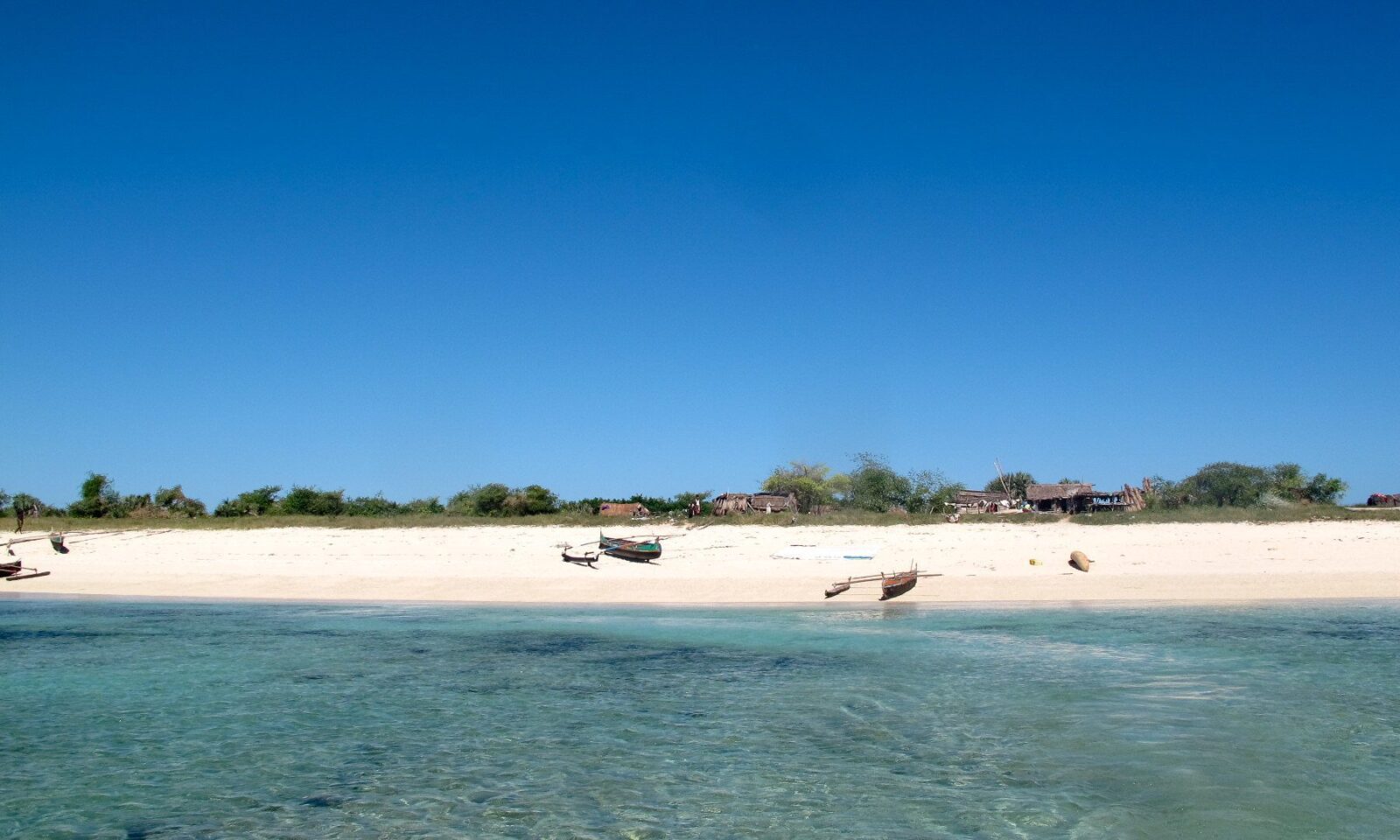
With clear blue water and bright white sand, the Barren Isles are instantly recognisable and famed for their striking natural beauty | Photo: Blue Ventures


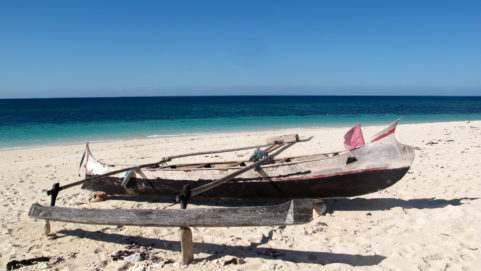
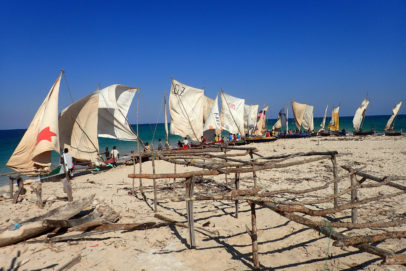
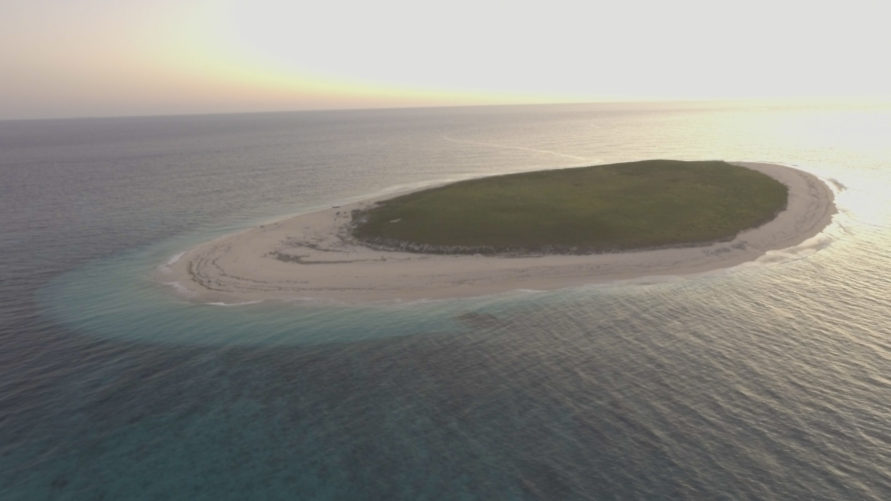
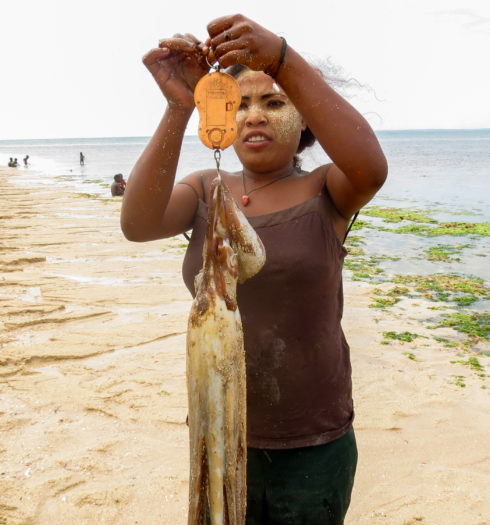
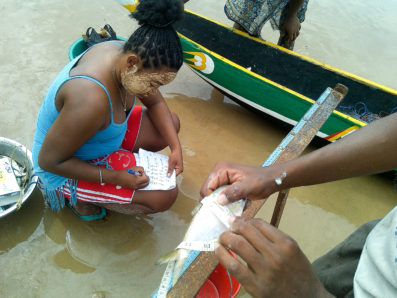
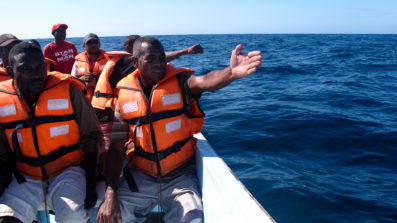
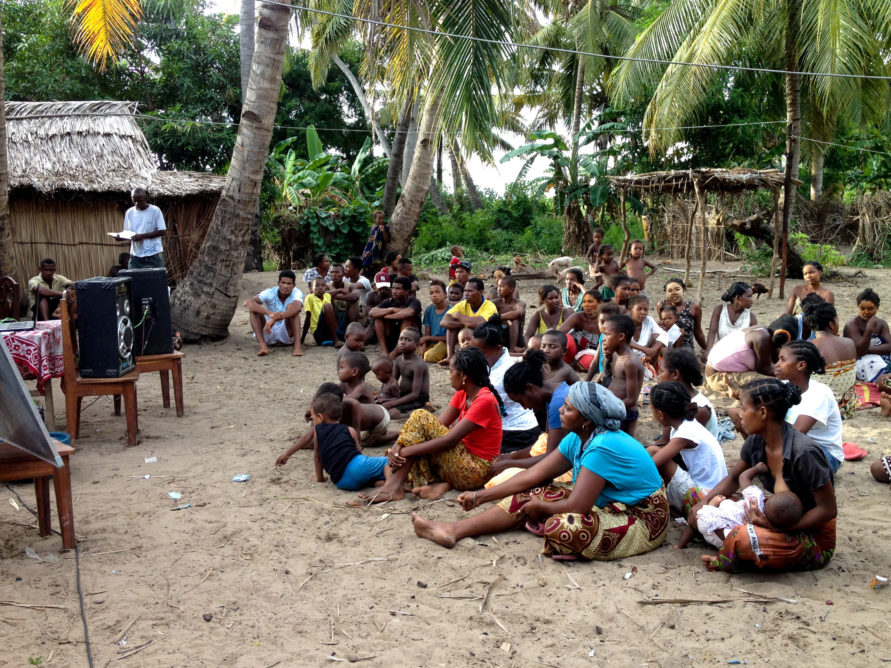
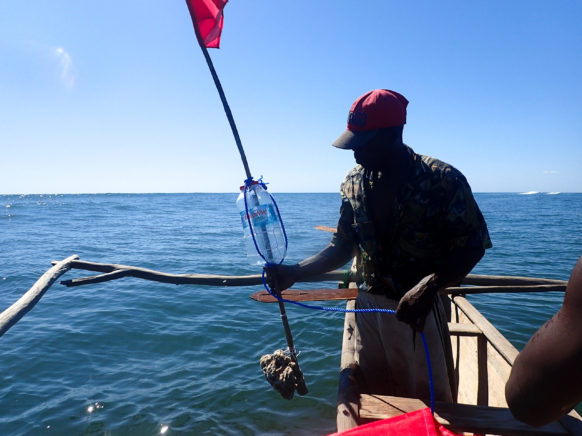
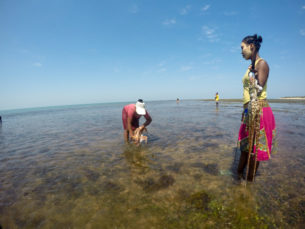
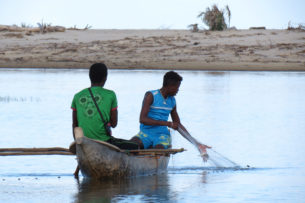
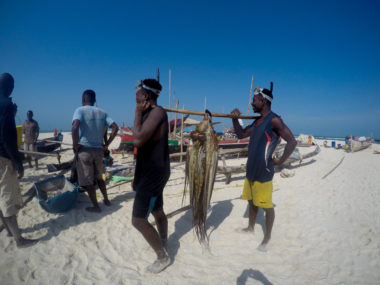
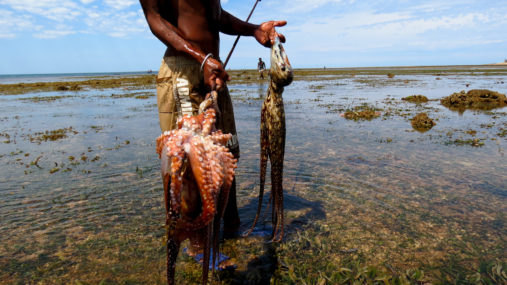
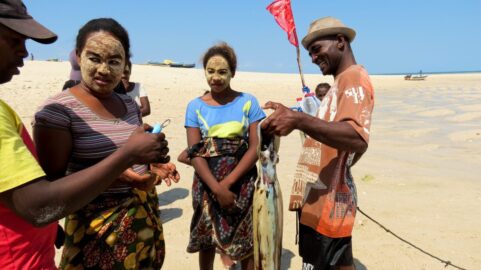
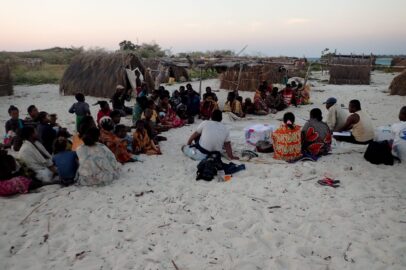
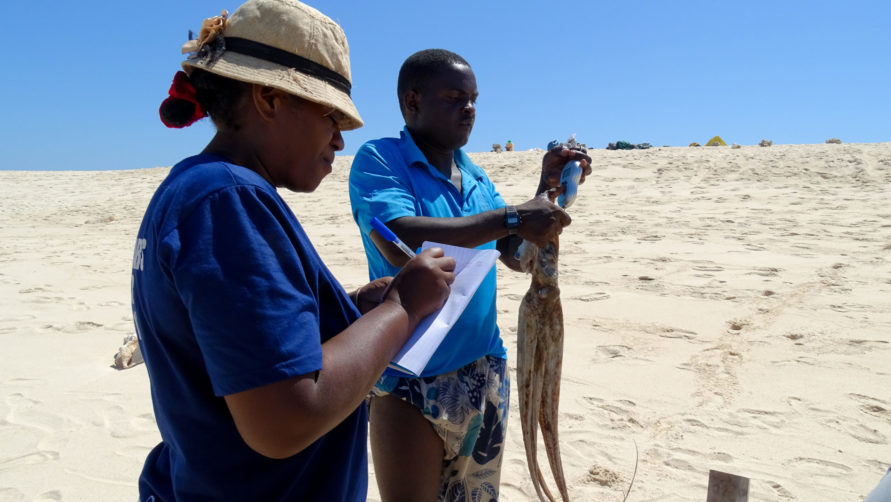
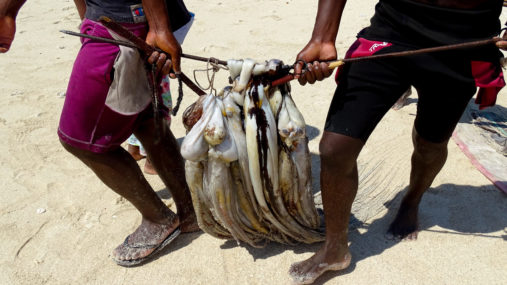
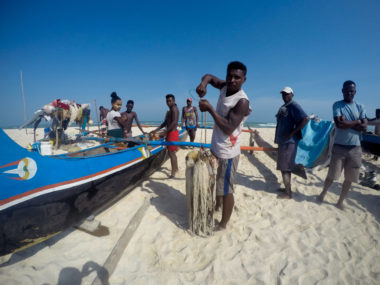
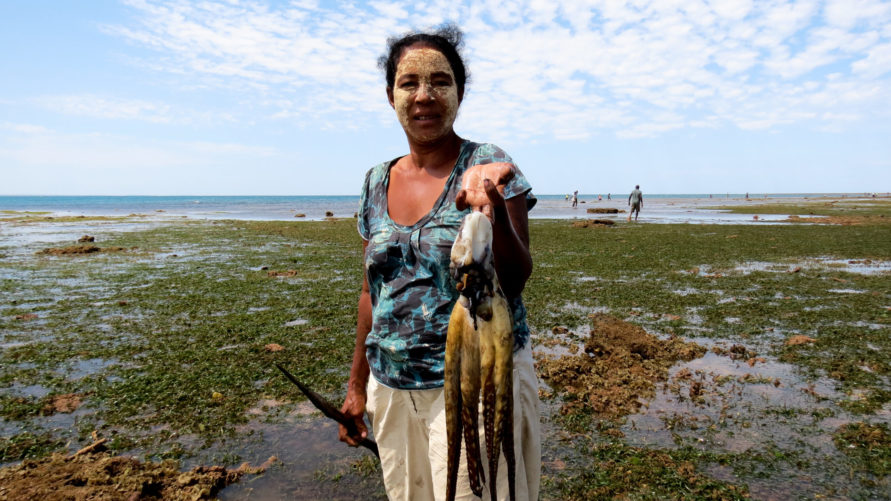
Brilliant work! A great read. So very proud of your effort and dedication JB!